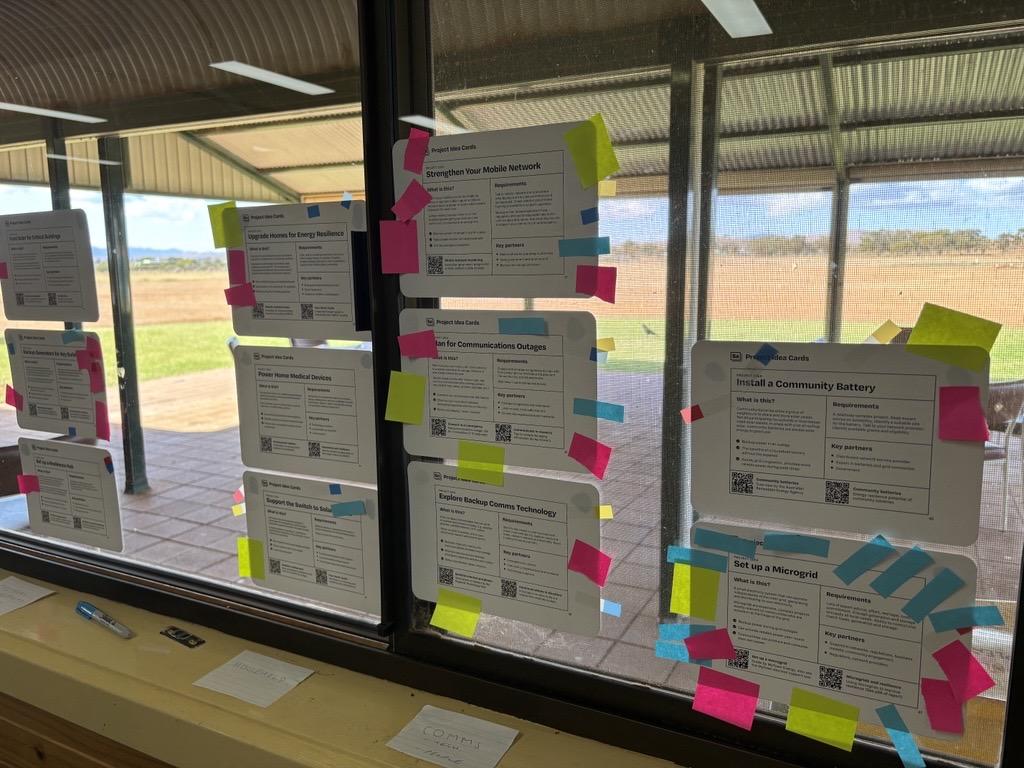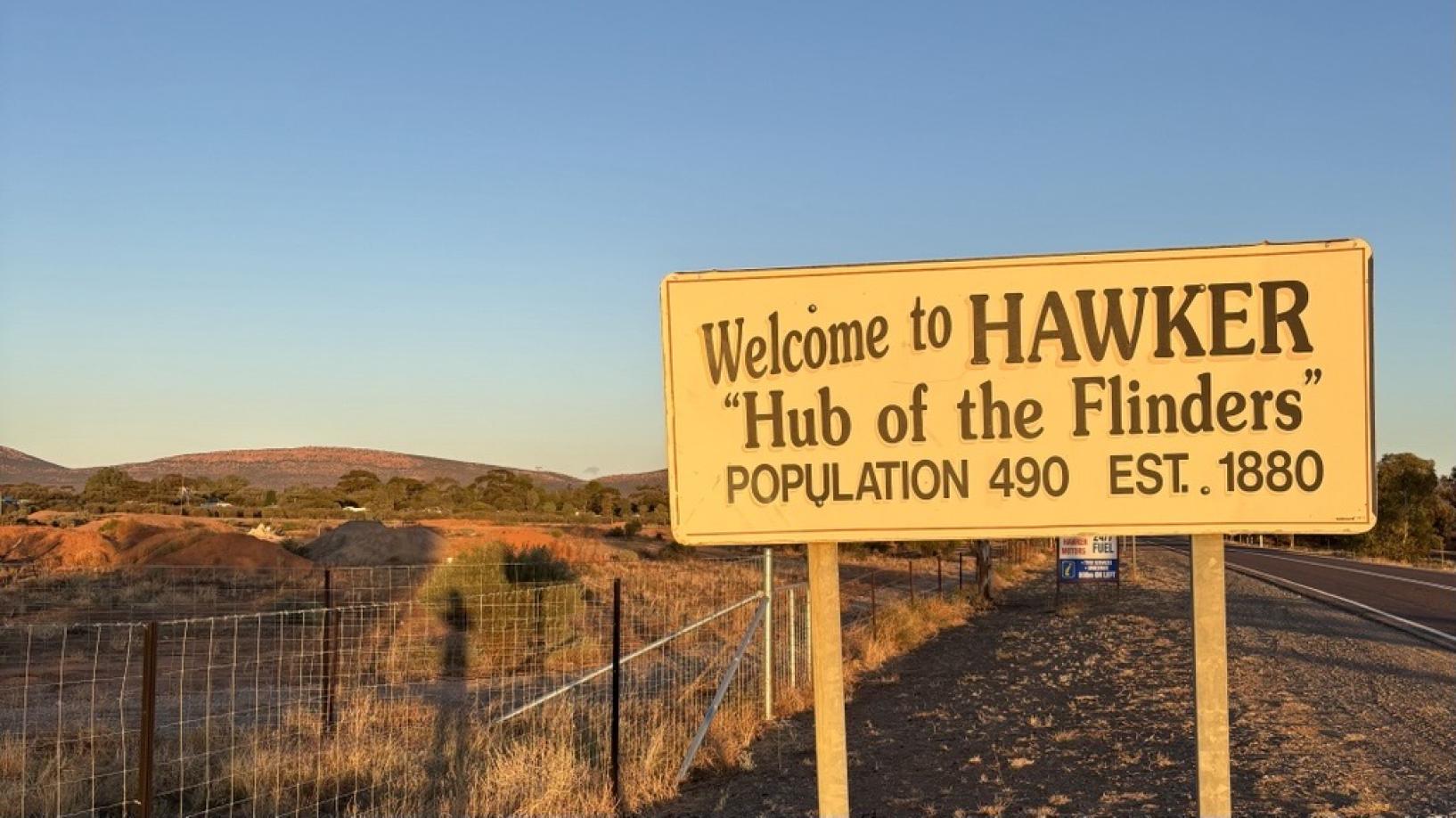Extreme weather events are increasing in frequency and intensity, placing growing pressure on Australia’s energy infrastructure. When this infrastructure fails, it is communities on the frontline who feel the impacts. By building energy resilience, communities can be better prepared for emergencies, maintain a safer and more dependable energy supply, and recover more effectively when a disaster strikes.
Communities have told us that they want to take steps to improve their energy resilience, but they often don’t know what to do, where to turn to, or how to start. This means they need support to understand what resilience means for them, and how to make informed decisions that suit their unique circumstances.
That’s why we were proud to fund the First Nations Clean Energy Network, through our Grants Program, to run a workshop in Hawker, South Australia, to consider how to build energy resilience in the region.
Responding to Crisis
This conversation gained new urgency following the Flinders Ranges and Northern Flinders Ranges being struck by a supercell storm on17 October 2024. This extreme weather event destroyed 19 transmission towers and cut power supply to residents in Hawker, Leigh Creek, and surrounding areas. While some people had power restored quickly, others had outages for days.
The impacts on the community were significant: people lost food, were unable to heat or cool their homes, faced high fuel costs to run personal generators, and in some cases, lost essential medicine that needed refrigeration. Watch residents from Copley and Leigh Creek explain how they were impacted.
In response, the First Nations Clean Energy Network, Outback Communities Authority, and Flinders Ranges Council organised a workshop to discuss the impacts of the outages and collectively plan for future weather events. The meeting brought together residents, First Nations people, and small business owners, in addition to state government representatives, network, telecommunication and emergency response providers. This was the first time such a comprehensive group of stakeholders gathered in the region, marking an important step forward.

Listening to Local Voices
A key theme that emerged was the need for equitable service delivery in remote communities. As one participant described, “just because we live out here doesn’t mean we don’t have the same rights or the same wants and needs.” An Adnyamathanha attendee added, “With us Aboriginal people, this is our country, everyone else has a choice to live here. Not for us, this is our country, and this is where we belong.”
These comments underscore that solutions that work for cities, may not work in regional areas. This means different service delivery mechanisms and approaches need to be designed and implemented that consider the unique needs and characteristics of these communities.
Figuring out how to do this must be done in partnership between service providers and community members, to ensure that solutions are co-designed and leave people better off. This also requires communication and coordination between service providers, government, and agencies.

A Way Forward
During the workshop, participants used the Energy Ready Toolkit – a resource to guide communities through the process of planning for, coping with, and bouncing back from climate-related weather events that disrupt their energy supply – to help guide discussions on possible solutions. The Toolkit was the outcome of another Energy Consumers Australia grant and can be accessed for download and use here.
Some of the solutions that were discussed included the establishment of a microgrid, improving telecommunications capacities, providing more back-up generators, and appointing designated community responders to coordinate during outages. Importantly, it was emphasised that any resilience solution must carefully embed cultural heritage considerations and First Nations people into the process.

Building energy resilience doesn’t happen overnight. However, this workshop was an important first step on that journey and has laid strong foundations for ongoing collaboration and action in the Flinders Ranges region. We hope it also encourages other communities to consider what measures they can take to build a more resilient energy future.
